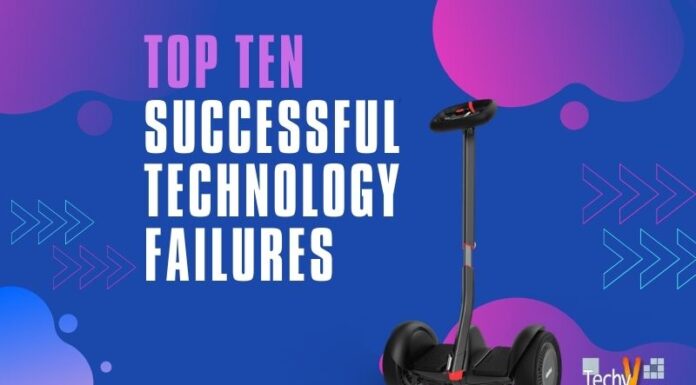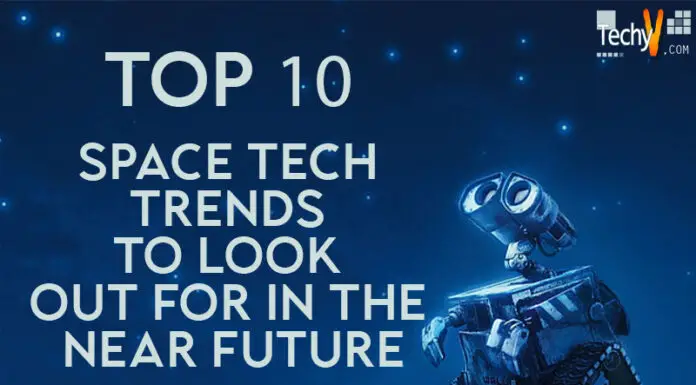In 37 nations, the researchers polled 248 conservationists, technologists, and academics about the 11 most popular conservation technologies, such as camera traps, bloggers, acoustic monitoring, and remote sensing. Conservationists are using the most recent technical developments worldwide to improve conditions for people, animals, seas, forests, and clean water.
1. Improving Animal Identification With AI And Citizen Science
Artificial intelligence (AI) is constantly being used to evaluate vast volumes of conservation data, including camera traps, satellite and drone photos, and audio and video recordings to improve wildlife identification and monitoring. As more citizen scientists and researchers add images to the image library, the knowledge about each species will increase over time. Photos are added to the cloud by scientists and other volunteers, or they are taken from social media.

2. A Wildlife Facial Recognition Tool
It is crucial because, in some species, the lack of distinctive natural markings prevents camera traps from reliably identifying individual bears. The biologists and software developers have created an AI system utilizing individual images of brown bears from Canada, British Columbia, and Katmai National Park, Alaska. It has successfully identified 132 distinct bears with an accuracy rate of 84 percent.
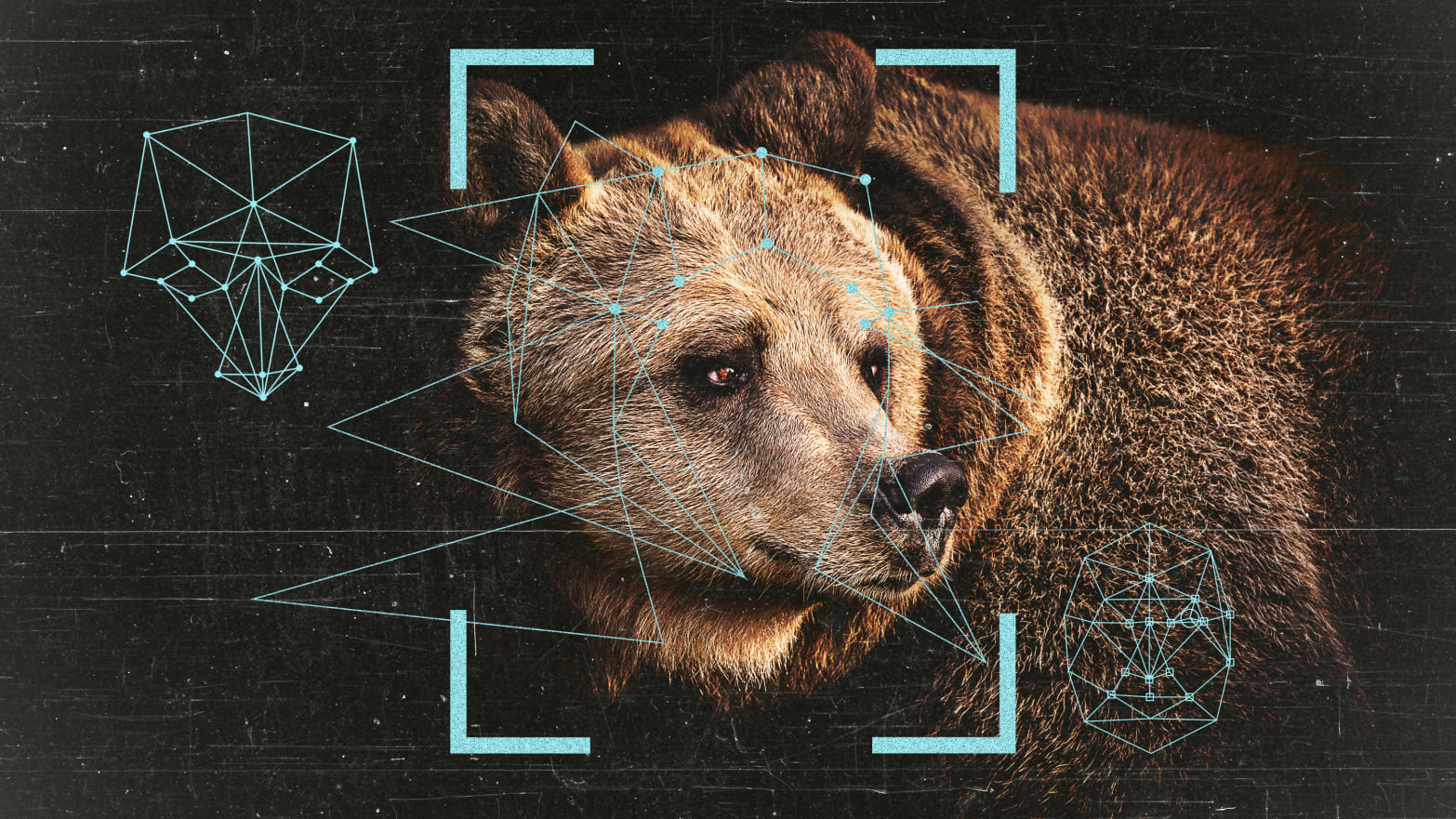
3. AI Is Being Used To Stop Wildlife Trafficking
AI can also improve anti-poaching initiatives. The software Protection Assistant for Wildlife Security (PAWS) uses historical poaching data and geographic information about the protected region to forecast the future behavior of poachers and create maps showing the likelihood of poaching and the best patrol routes for rangers.

4. Environmental DNA Sampling For Biodiversity Monitoring
Conservationists can now gather data on biodiversity by extracting DNA from environmental samples, including water, soil, snow, or even air, thanks to environmental DNA (eDNA). All living things leave DNA traces in their environs, such as in their feces, skin, or hair, among other things.

5. Improved Conservation Outcomes Through Greater Connectedness
Networked sensors can help monitor and patrol efforts by enabling video traps, tracking devices, and other conservation technology to link online. It can provide a complete picture of animal behavior and rapid notifications about impending risks.
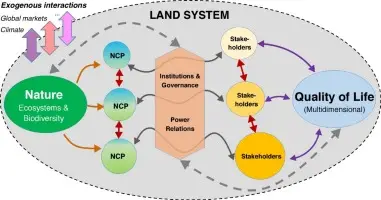
6. Gaming Wildlife Protection
Games can effectively engage audiences with important conservation issues, particularly among younger and more technologically adept generations. For instance, the Internet of Elephants creates a variety of gaming and digital experiences based on scientific data to pique the interest of those who might not typically be interested in wildlife conservation.
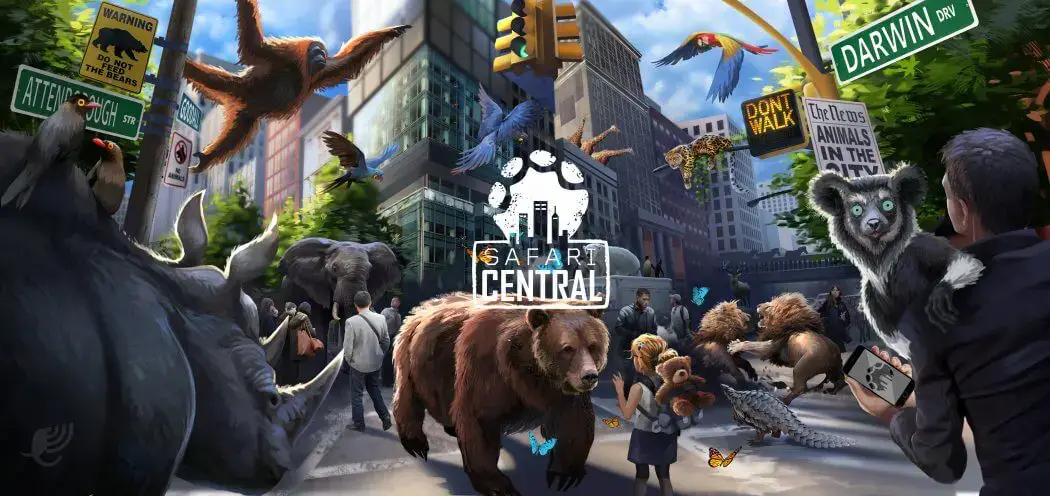
7. Automated Bioacoustic Monitoring Devices
Acoustic sensors can provide a function akin to camera traps by recording animal presence through their sounds around the clock, at a relatively low cost, and storing them in a web-based platform allowing users to manage and analyze the data.

8. Technology For Genetic Data Collection, Processing, And Analysis
Even in the difficult field conditions of the Congo Basin, the GENE portable field lab was able to extract, amplify, and sequence DNA. Another study team employed real-time nanopore sequencing to create a portable DNA sequencer that can quickly read any organism’s DNA, including plant DNA.

9. Drones
In a short period, drones went from being the stuff of science fiction to being used by amateurs in public parks. The uses of drones were quickly realized by conservationists as well. The list of applications seems to continue. Drones provide views of species and habitats that are impossible from casual observation.

10. Improved Wildlife Tracking
It’s not novel to put a radio collar on a wild animal; wildlife experts have done it for years. However, those early tracking systems could have been more reliable and bulky. Today, a variety of tracking technologies are used by biologists to track more organisms and collect more data. Since micro-tags are portable, They can safely track even tiny creatures.




